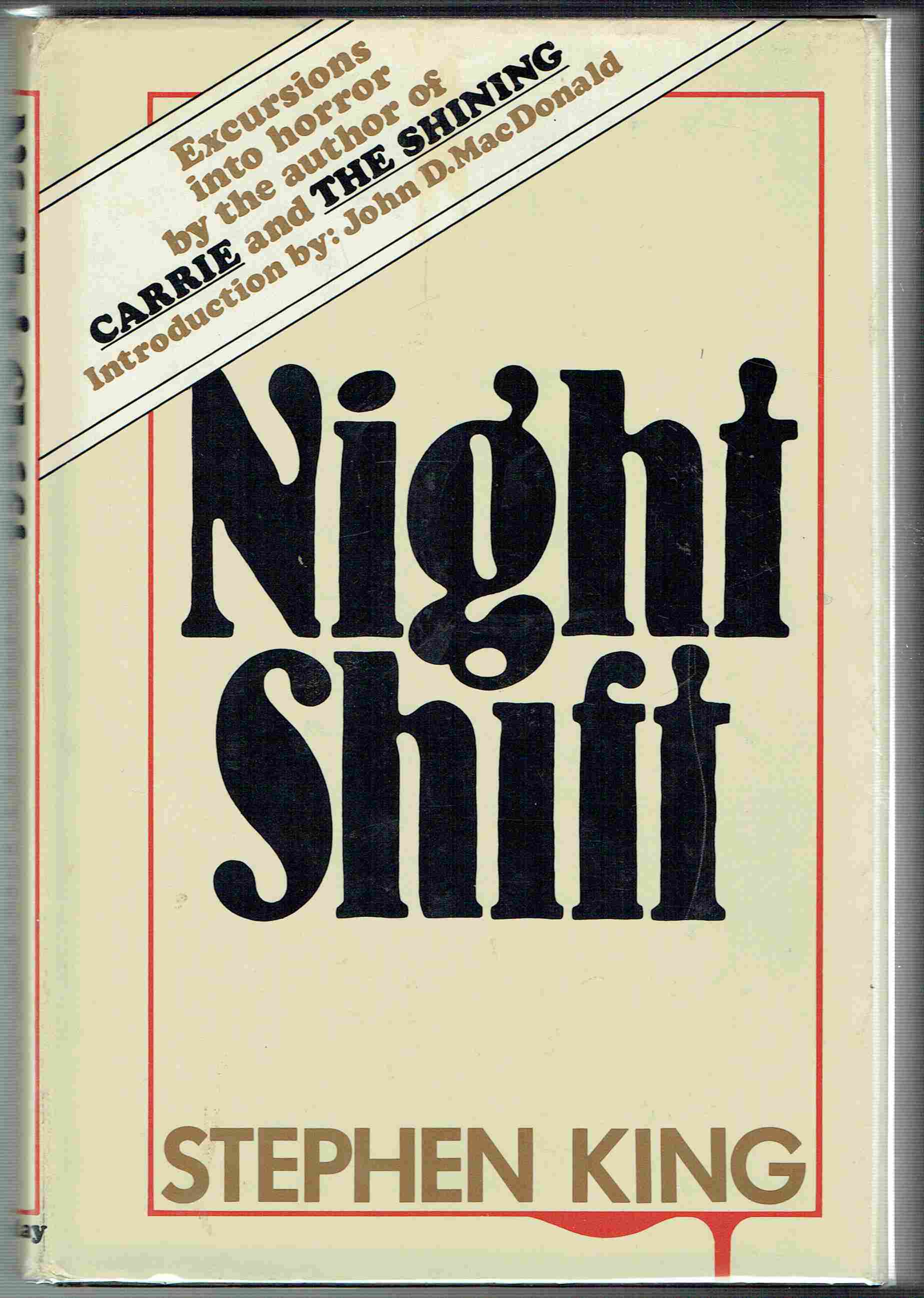For the longest time, I could
not find a clean version of this Stephen King novel. First released in 2005
under the Hard Case Crime imprint (King has released two more under this
imprint since then, 2013’s Joyland and 2021’s Later) and only
released as a mass market edition, I found finding a fresh copy difficult. Most
retailers at the time, including my beloved Borders, no longer had the book
after its very quiet initial release. Hard Case Crime, of course, does not have
the ability to print massive quantities of their original paperback titles, so
this book quickly sold out and stores could not order more. Over the years,
including my relocation from the Chicago area to the Los Angeles area, I tried
to find a copy –mostly through used bookstores (finding “clean” copies online
proved fiscally problematical). But when I did find a copy on occasion, most
were in bad condition. I wanted a copy that may have been read, but looked
perfect. A few years ago –I can’t remember when- I eventually came upon a
first-printing used edition in almost new condition (I’m not sure if it was
even read). But then a dilemma set in. While I have no problem reading his
hardcover editions (and they’re not truly collectible) of King’s books, when it
comes to this Hard Case Crime mass market edition, it’s hard to keep them in
good shape.
But I finally found a used
edition that allowed me to read this book with no worries of damaging my better
edition.
The
gist of the book concerns a 25-year-old mystery. On Moose-Look, a small island
off the Maine coast, in a restaurant called The Grey Gull, The Weekly
Islander editor Dave Bowie and the newspapers founder, Vince Teague, are
discussing some unsolved crimes and oddities that exist within the coastal
Maine area and islands that dot the area with Stephanie McCaan, a mainlander
who has taken up residence on the island. She eventually asks if the veteran
reporters have ‘ever come across a real unexplained mystery’. After a
relocation back to the newspapers offices, Dave and Vince take turns recounting
a strange incident and investigation some two decades in the past. On April 24,
1980, two teenagers stumbled across a man's body, early in the morning. Slumped
against a trash can, and carrying no identification, the body bore no clear
indicators of foul play. Cause of death was determined to be asphyxiation, as a
large chunk of steak was extracted from the victim's throat. But every
potential clue leads to small revelations, and bigger mysteries. Though the
investigation is lightly bungled, everything seems inexplicable, from how the
fish-dinner stomach contents could line up with his ferry boat crossing, to the
single Russian coin in his pocket, and the pack of cigarettes missing one
cigarette when the autopsy indicated he was not a smoker. Now Vince and Dave,
with newbie Stephanie, begin to ferret out all the answers they can from the
facts of the 25-year-old investigation, and then speculate on what might have
happened.
Ultimately,
King’s The Colorado Kid is a more a meditation on the nature of true
mysteries, than a crime novel. And you’re really never sure if a crime actually
happens here, and that’s the point of some stories and why most never hear of
them –and why some become town legends. There is nothing truly supernatural
here as well, beyond a few comments about strange lights and other unexplained
things that have happened on the island or near the small towns around the area
(and it was these loose mentions that inspired writers Jim Dunn and Sam
Ernst use as springboard to create the Syfy TV series Haven, which ran
for 78 episodes between 2010 and 2015). But while King adds more and more
layers to the mystery of The Colorado Kid, the more you turn the pages,
you remember, as he already pointed out early in the book, that while something’s
do get answers, there is no true solution as how a man form Colorado ended up
dead on a beach on a small island off the coast of Maine.
Cheated? Maybe, but again, King points out there are times when a story does not get wrapped up on the final page.


